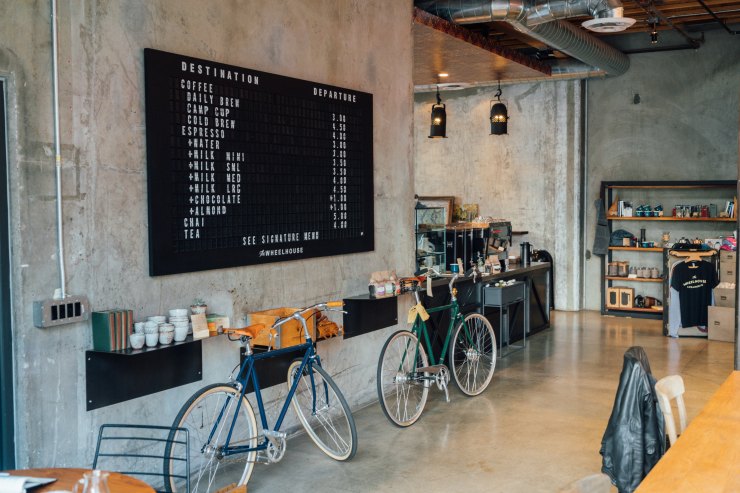 The poem by Dylan Thomas starts with:
The poem by Dylan Thomas starts with:
Do not go gently into that good night,
Old age should burn and rave at close of day,
Rage, rage against the dying of the light.
Thomas’ original intention with this poem is for those who are near the end of their lives to fight and defy that end with raging intensity – to not give up, not give in. To clarify, this article is not a discussion about that same good “night”. Instead, I wish to borrow Thomas’ genius to stir up the same undying passion and drive in my readers to approach the good “fight” – of gainful employment of individuals with developmental disabilities.
Here I need to borrow a term used by an advocate, Mr. Ivan Rosenberg, in the field of customized employment – “the uniquely abled”. My adoption of the term stems from a desire to recognize that every individual in society has a different profile of strengths and weaknesses, and that employment should capitalize on the optimal goodness of fit between a person’s skills profile and the responsibilities of a position. The skills of individuals with ASD, for example, are unique in the sense that they usually tend to converge around certain qualities (e.g., preference for structure and routine, attention to details, concrete and literal interpretation, etc.,) although as with all populations there are individual variances to these generalizations.
To advocate gainful employment for those with unique abilities is not to discount any other segment of the population that may be vying for the same positions. Indeed, anyone who wishes to work should be allowed to contribute to the society as long as there are unmet demands and needs in the society, and be fairly compensated for their labor. The difference, and the mission of those in the field of customized employment, is that it is up to us to understand the preferences, skills, aspirations of those we support and act as the conduit that bridges the gap between the skills of an individual and the demands of a position.
I recently watched a food documentary on the fusion of cuisines (Ugly Delicious, Season 1, Ep. 8). The end of the episode briefly showed how the famed Italian chef, Massimo Bottura, set up a tortellini-making workshop in his restaurant for teens with developmental disabilities to learn the disappearing traditional craft of hand-made tortellini from elderly ladies who were “the last gatekeepers of the art”. This provoked much emotion and inspirations for me. Mr. Bottura have ingeniously combined traditional crafts and those with unique abilities. I assume we have all come across sentiments of those who represent the last generation of their respective arts – that the coming generations are no longer interested in investing the time and effort necessary to excel and pass on the tradition. I would also point out that as a society we seem to be entering into a new era that values artisanal crafts more so than past decades, an artisanal renaissance of sorts. Imagine for yourself – would you rather have a hand crafted and hand stained dining table made by a craftsman in your region or one that is mass-produced somewhere else in the world? In a restaurant, would you rather have pasta that is made in-house and fresh daily or dried pasta that has been sitting in boxes for the past 6 months? When you get your bike tuned, wouldn’t you prefer someone who has a reputation of always adhering to the precise specification of the model? Another example is that the industry of artisanal craft beer grew its market share by an impressive 6.6% in just 5 years (from 5.7% in 2011 to 12.3% in 2016; source: beerassociation.org). Th present is a juncture in time that is ripe for individuals with unique abilities to explore opportunities in traditional arts and crafts that are growing in popularity and demand. Qualities of “old school” crafts commonly include structured process, repetition, attention to detail, concrete benchmarks and goals, and etc. Generally speaking, these aspects of traditional crafts align closely with a population of individuals who often seek predictability, clear expectations, concreteness, among others.
As a critical thinker, you must inevitably be wondering about the cost of labor at this point, and rightfully so. No business can afford to hire persons with unique abilities if that means an erosion to the bottom line and a compromise to profitability. If goods must be priced above market value, it is no longer customized employment (i.e., good match between personal skills and job demands) but charity. There are, however, already thriving small businesses across the country that create integrated workplaces focused on providing employment opportunities for those with unique abilities. These businesses show that integrated and customized workplaces are possible and sustainable (profitable), and people with profound drive and motivation can and do make it work. At this time there are still great barriers, as there isn’t yet a well-defined path to employing those with unique abilities and such practice is not yet the norm in society. I invite my readers to explore two successful business, Rising Tide Car Wash and Sam’s Canterbury Cafe, and allow yourselves to be inspired. Be sure to note in particularly their comparable pricing levels compared with other business in their industries, as well as what their customers say about their services as businesses.
My readers, what other fields do you see as potentially good fits that will benefit from unique abilities? Perhaps it is an industry that you are familiar with; perhaps it is something that you’ve always thought would be a good match for someone with specific unique abilities. Think inside the box; think outside the box. I would love for this conversation to evolve with insights from all of us. Further, pass on the information and start dialogues with those around you. With more people talking and thinking about customized employment, we will all be part of pushing forward this very worthy and much needed social change.
Do not go gentle into that good fight,
Abilities thrive and shine with a stage,
Rage, rage until change lifts off and takes flight.
Photo by Roman Bozhko on Unsplash

